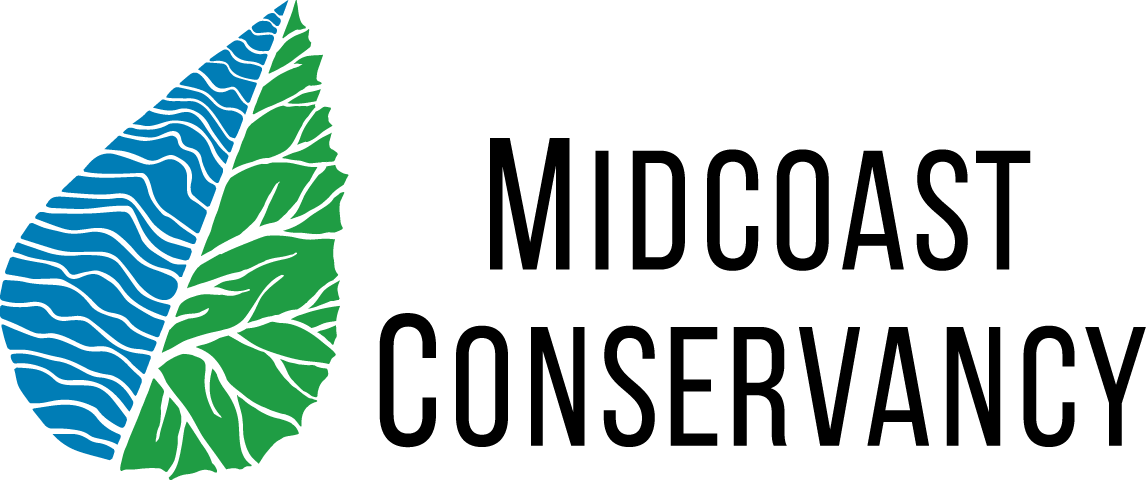Oysters - Thankful for this triple-Bottom-Line Species
By Tim Trumbauer, Senior Watershed Manager
Turkey, stuffing, cranberry sauce, Aunt Barbara’s marshmallow topped sweet potatoes…and, of course, the native oyster – all are important parts of the traditional Thanksgiving spread at the Trumbauer home.
Growing up on the shores of the Chesapeake Bay, the oyster (Crassostrea virginica) was a cultural staple of local life. Admittedly, I made it into my mid-30’s before I found the courage to take my first slurp of that briny, slimy, and (to the uninitiated) somewhat booger-looking mollusk. But boy am I glad I tilted that first raw oyster down the hatch. If there is a taste that captures the sea breeze and defines the productive waters of Atlantic estuaries, the oyster is it - I was hooked!
Ever since that first slurp, oysters have found their way into keystone moments in my life – frequently offered as a communion with fellow water quality advocates, charbroiled on the banks of California’s Tomales Bay before my best friend’s wedding, or simply shared with my wife Katie during our lunch time escapes from work, kids, and the hustle of everyday life.
Beyond my own personal affinity, oysters are a keystone species that have a true triple-bottom-line approach – they are culturally, environmentally, and economically significant.
Culturally, well before becoming a Thanksgiving staple, oysters were harvested by indigenous people in what is now midcoast Maine. A readily available source of year-round protein, the importance of oysters to indigenous populations, including the Abenaki, is evident locally by the mass of discarded shells at the Whaleback Shell Midden in Damariscotta.
Environmentally, oysters provide multiple benefits. Each adult oyster can filter up to 50 gallons of water per day, removing algae and excess nutrient pollution. In my home waters of the Chesapeake, increasing oyster populations through aquaculture, creation and restoration of natural oyster sanctuaries, and seeding harvest areas is a key strategy to fight nutrient pollution. As development pressure in Maine continues to increase, and as our waters continue to warm creating more favorable conditions for oysters to thrive, oysters could be a first line of defense to protect our clean waters.
Economically, according to the 2019 Maine Oyster Trail Map produced by Maine Sea Grant, oysters are an industry worth more than $8 million – a number that has surely grown significantly in the past few years as aquaculture lease applications have skyrocketed. Many see aquaculture as a way to diversify the working waterfront economy and provide sustainable incomes for families in the marine industries.
Midcoast Conservancy is happy to support our local working waterfront by hosting four oyster aquaculture leases on the Sheepscot River, located just around the bend from the Wiscasset railroad bridge. Although small in scale, these oysters help filter local waters, support the working waterfront economy, and, eventually, will help spread the oyster story through being a tasty ambassador of our estuaries.
In the spirit of Thanksgiving, we give special thanks to our partners at Glidden Point Oysters, and for the generous support of our working waterfront program by Lew and Ina Heafitz…and most importantly, thank you oysters!

